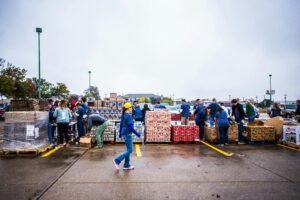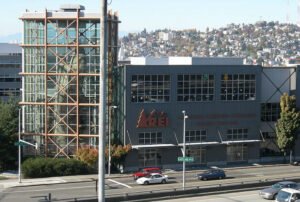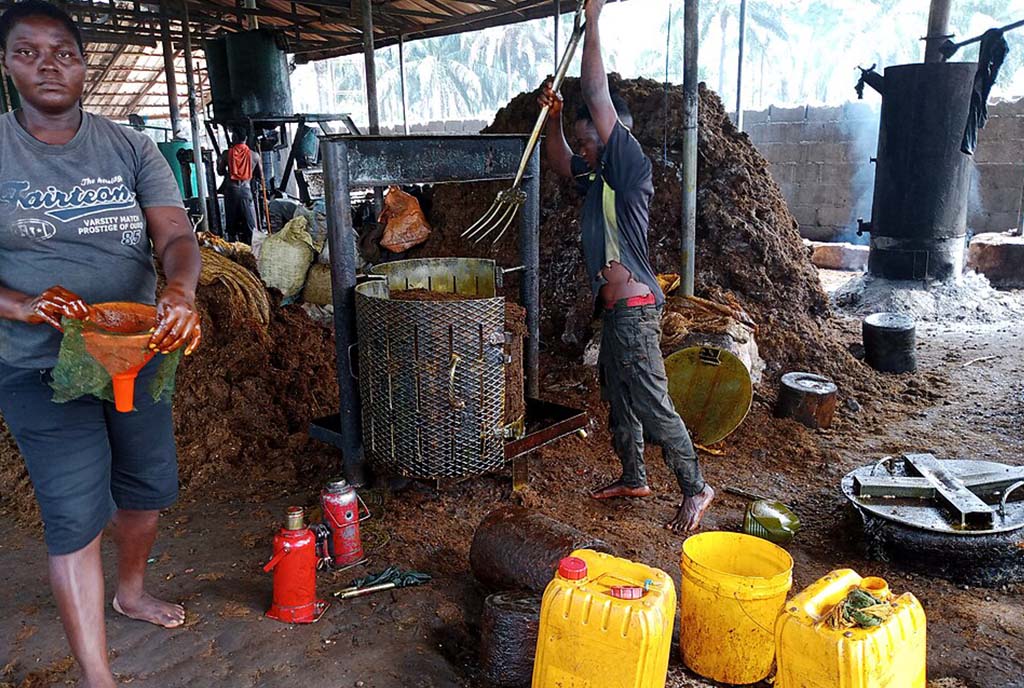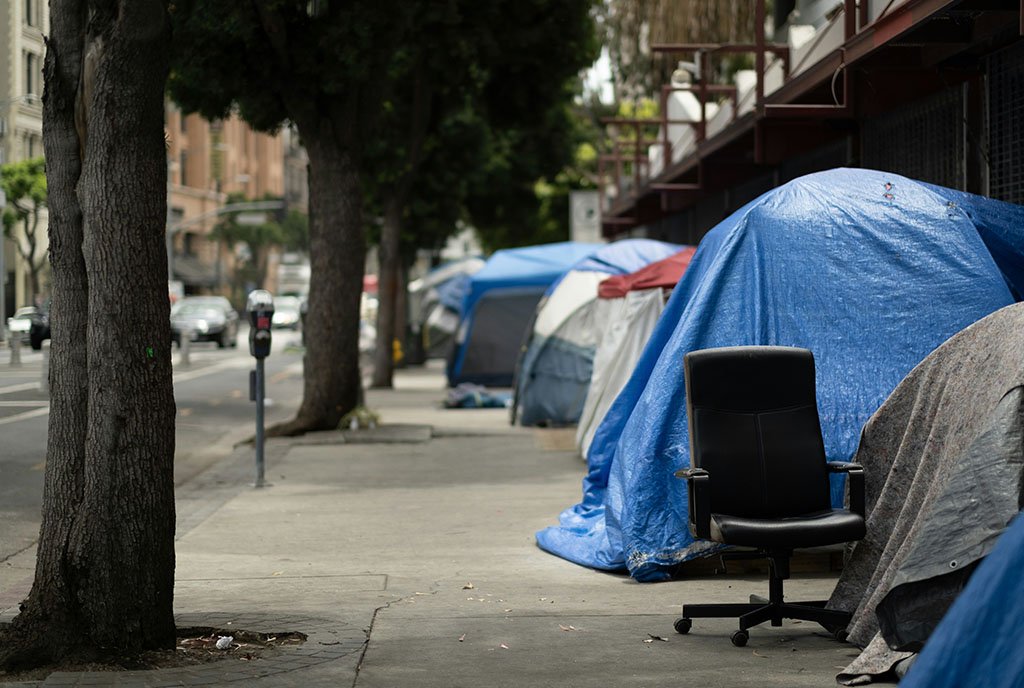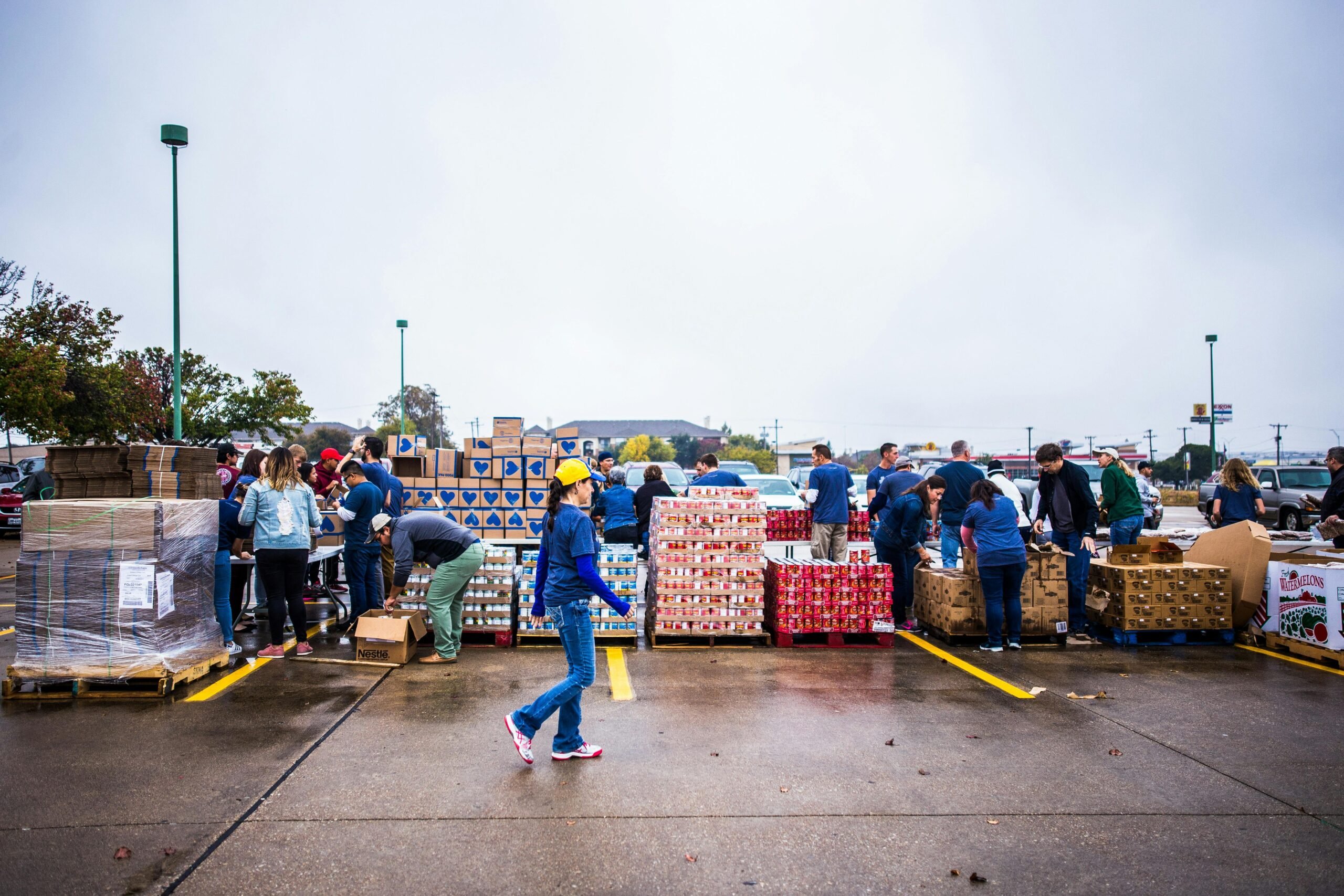
In popular discourse about the economy, risk-taking is often celebrated. “An appetite for risk … fueled the growth of Silicon Valley,” enthused one recent article. Yet such celebratory accounts ignore the fact that the ability to take such risks is far from equally accessible for all. Take venture capital, which has played an outsized role in the development of Silicon Valley. Leading tech firms today like Apple, Amazon, and Google all benefitted early on from venture capital investment. Yet as an article in Telecrunch noted, in 2020 only 2.3 percent of all venture capital money (which totaled roughly $130 billion) went to women-led firms, and only three percent of venture capital firms were led by Black or Latinx founders.
Then there’s risk of a different sort. Over the past few decades, neoliberalism has undermined the provision of public goods, such as higher education, forcing those who lack resources but want to take advantage of them to go into personal debt. Risk, in short, has shifted from the public onto the individual. This is also true elsewhere, for instance, with retirement, where pensions that offered guaranteed payments for life have been supplanted by 401k and 403b “defined contribution” plans, with retirement funds dependent on the vagaries of market returns. The result of such public policy decisions, observe Astra Taylor and Eleni Schirmer in NPQ, is that increasingly “risk has been offloaded onto regular people.” Debt for many, they add, has become a way of life, as “more and more people borrow just to pay their bills.”
Sign up for our free newsletters
Subscribe to NPQ's newsletters to have our top stories delivered directly to your inbox.
By signing up, you agree to our privacy policy and terms of use, and to receive messages from NPQ and our partners.
These observations form part of the backdrop for a recent webinar NPQ hosted on redefining risk. In that webinar, Deborah Frieze of Boston Impact Initiative, Kate Khatib of Seed Commons, a national network, and Ojan Mobedshahi of the Oakland, California-based East Bay Permanente Real Estate Cooperative (EB PREC), discussed how their organizations seek to benefit low-income and BIPOC communities and upend a system that typically assigns risk to those who can least afford it while making capital most readily available to those who already have the most wealth. Here, I call attention to ten themes that Frieze, Khatib, and Mobedshahi raised:
- It’s time to shift our mental map of the economy: Frieze calls for a shift in mindset from “an economics of separation, which defines our current economic system, which sees us all as competitive, selfish, and separate … to an economics of relationship, where we recognize ourselves as cooperative and generous and interdependent, and we can rise and fall together.”
- Conventional finance leaves many risks out of the risk analysis equation: As Frieze points out, a conventional economic discussion of risk focuses only on the investor’s risk, rather than, for example, considering the risk to the entrepreneur who is receiving the investment. But Frieze adds that this is just one of many risks that are not counted. “Long-term climate risk: not counted. The risk of not investing in an individual or a neighborhood or a community: not counted. The risk of bias in the assessment of risk: not counted.”
- Employ new capital tools to fund businesses in low-wealth communities: Mobedshahi explained that his group initially raised capital as a consumer cooperative, allowing participants to purchase one share and one share only for up to $1,000. For a second capital raise, his co-op used a different form of financing—a direct public offering (DPO), in which the amount of investment could vary. Each DPO sets its own rules regarding expected payment; the rules of EB PREC’s DPO limited the rate of return to a below-market 1.5 percent. The offering was qualified as a security in 15 states and the District of Columbia, meaning it was open to investors in those areas. The ability to raise low-cost money using these mechanisms, explains Mobedshahi, is what enables his organization to support community ownership of commercial space and to develop housing cooperatives for residents in frontline communities, who otherwise would be unable to benefit from real estate ownership.
- Take the time to define what ESG means: ESG, for the uninitiated, typically refers to environmental, social, and governance factors. These are typically used by “impact investing” funds to screen or rate companies’ performance in these areas. But these categories are often vague. What counts as good “social” performance is not always clear. And governance can mean inclusion of stakeholders in corporate decision-making, but it is often left fuzzier than that; an investor site notes that there is a clear “governance lag” and that governance often only gets attention when scandals erupt in public. Frieze suggests getting more specific. At the Boston Impact Initiative, she notes, “when we say environment, we mean climate resilience; when we say “social,” we mean economic justice; and when we say governance, we mean new majority power, BIPOC power.”
- Be careful, or traditional lending can undermine worker cooperatives: Kate Khatib of Seed Commons noted that when worker co-ops approach traditional lenders, even supportive lenders can make decisions that, while trying to benefit the co-op business, can undermine it. Khatib offered a scenario in which the co-op is given the loan it went to the bank to request, but the bank asks the three members of the cooperative who have the strongest personal credit ratings to cosign the loan. This may sound like success—the co-op got the loan, after all—but such actions can often create a status hierarchy within the cooperative, undermining the group’s internal functioning and ultimately leading to business failure.
- To support the solidarity economy, develop new forms of underwriting: To avoid the problems of traditional lending, Khatib says that underwriting for worker cooperatives needs to look at different metrics to underwrite loans. For Seed Commons, these mechanisms include taking a detailed look under the hood to determine how well the cooperative is functioning as a team and to assess the quality of their business/financial plan. Deep technical assistance that works with the co-op to improve the business plan (i.e., working as a partner with the co-op to co-develop the business plan) is also a key part of a solidarity economy lending model.
- Structure loans in ways that enable solidarity economy businesses to thrive: A key tool for much of solidarity-economy finance involves what is commonly called “non-extractive” lending. But what does “non-extractive” mean? As Khatib explains, for Seed Commons, this requires, to begin with, working with the co-op to come up with a financial target that is going to be their point of self-sufficiency (meaning that the business is self-financing salaries, covering overhead, and has some emergency cash on hand). This approach makes business startups less risky since payment from the business back to the lender does not occur until after self-sufficiency is reached. When self-sufficiency is reached, the lender does receive royalty payments (i.e., higher interest payments) for the risk it takes. What is notable is that, despite some skepticism in the field, the model works. Repayment rates, Khatib notes, “are in the high 90s.” She adds, “our experience has shown that what traditionally is considered to be risky really is not.” Frieze adds that Boston Impact Initiative does something similar in equity investments, capping the maximum investment fund return at twice the level of investment to ensure that most of the benefit of the investment stays with the businesses they are supporting.
- Align public policy with community capacity to achieve better outcomes: Ojan Mobedshahi noted that in his home city of Oakland, California, the city approved a co-op development policy, a major win. But then regulations required a track record of past successful projects. Oakland does not have a significant history of housing co-op development, so there were no local housing co-op development organizations that could qualify for the program. Mobedshahi’s vignette points to the need for city officials to craft policy solutions with community partners: “They really need to rethink how they structure their qualifications if they actually want to be accessible.”
- The question of scale is the wrong question. Instead, design structures that maximize both national support and local flexibility: At Seed Commons, Khatib explained, the national organization handles legal and financial infrastructure, but underwriting and technical assistance is conducted by the 35 local affiliates with Seed Commons national staff, who train local affiliates to provide direct lending oversight and support. Khatib adds, “for us the national structure is a tool, but the work is happening at the local level.” To date, Khatib estimates the network has placed $20 million in loans to over 60 cooperative businesses.
- Redesign philanthropic decision-making to enable foundations to employ all of their assets in alignment with mission: Frieze called attention to a well-known problem in philanthropy, namely, that program and investment officers at foundations need to be in communication with each other. As Clara Miller wrote last year in NPQ, the consequences of failing to do so can be devastating, as foundation investment decisions undermine the good work of their grantees. Getting “both sides in the room,” Frieze points out, allows both investor committee members and program officers to see the trade-offs. It also allows for more creative and strategic action—rather than being limited to pursuing grants (which, by definition, have a “negative 100 percent” financial return) on one end while maximizing financial returns on the investment side and sure, maybe providing some space in between for below-market, program-related investments—an integrated approach creates room “to layer in all kinds of capital and to create a risk profile for the full assets of the foundation.”





